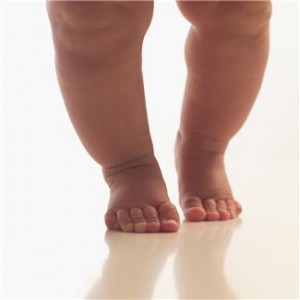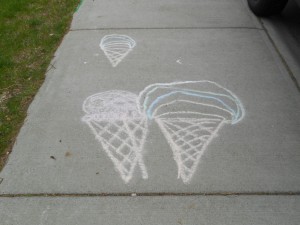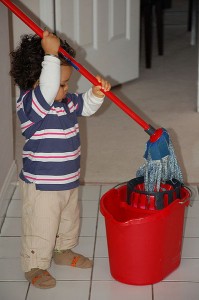I sometimes feel like I’m only at a kindergarten stage when it comes to computers but, to make it worse, I’m missing the kindergarten readiness and preparation. Thankfully, a little one came to the rescue by showing me another important learning and thinking strategy.
 When kids first learn to walk they take baby steps. Tiny little steps forward, not giant leaps. (That’s what I need to do when it comes to mastering technology, just take baby steps.) This is an important learning and thinking strategy for children as they build new brain connections. Sometimes dividing a learning task into smaller bits is obvious. For instance, kids learn to make high towers by piling only a few blocks on top of each other. With practice they can soon balance many more and achieve a tower. They will challenge themselves to use other materials, too. Less evident, for instance is learning to count accurately. Numbers and counting start with a small number of objects but kids will use small and big numbers many, many times as they become more proficient.
When kids first learn to walk they take baby steps. Tiny little steps forward, not giant leaps. (That’s what I need to do when it comes to mastering technology, just take baby steps.) This is an important learning and thinking strategy for children as they build new brain connections. Sometimes dividing a learning task into smaller bits is obvious. For instance, kids learn to make high towers by piling only a few blocks on top of each other. With practice they can soon balance many more and achieve a tower. They will challenge themselves to use other materials, too. Less evident, for instance is learning to count accurately. Numbers and counting start with a small number of objects but kids will use small and big numbers many, many times as they become more proficient.
Babies don’t participate in corporate task analysis discussions; they just take baby steps naturally. But for older children, helping them to learn to do a little piece at a time can be very useful, not just for kindergarten readiness but for later challenges as well. During your day, can you help your child do an activity one step at a time?


